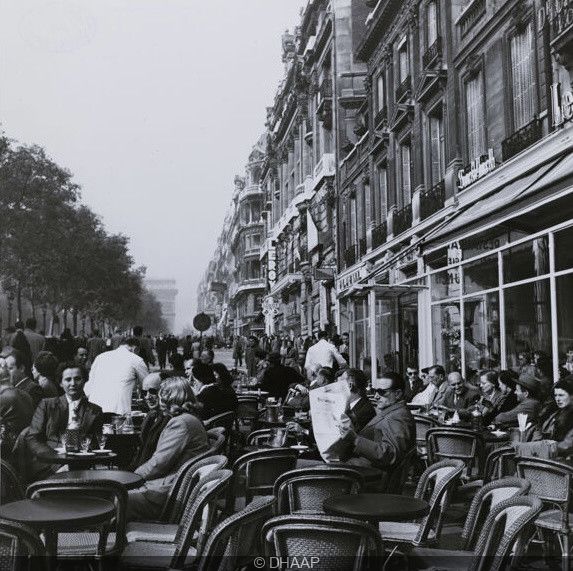So everyone knows the Avenue des Champs-Elysées, but do you know where it gets its name from? Well-known for its splendor and historical importance, the avenue des Champs-Elysées has an astonishing origin, deeply rooted in Greek mythology.
For the record, they were created in 1674 by the talented André Le Nôtre, with the ambition of extending the Jardin des Tuileries. The avenue did not officially receive its name until 1698.
The Champs-Élysées took its name from the realm of the dead in Greek mythology, specifically the paradisiacal gardens reserved for heroes and virtuous souls. This choice of name was not insignificant: it symbolized the privilege of being able to rest in the King's gardens, an allusion to the eternal rest of heroes in Greek mythology.
A stroll along this mythical avenue takes you through an historic site whose original location was a marshy area outside the city limits of Paris. It was here that the Grand Égout passed through, a stream that collected and discharged the capital's wastewater into the Seine. Parisians, with their sense of humor, christened this place"Champs-Élysées", eternal paradise, a mockery of the location of this royal thoroughfare in an unsavory area.
The original name of the Champs-Élysées referred to the carré Ledoyen, a vast expanse of greenery at the bottom of the avenue. After the Revolution, the name was extended to the entire avenue. It wasn't until 1833 that prefects Rambuteau and Haussmann gave the "Champs" its current configuration.
When you walk along the Champs-Élysées, you realize the fascinating evolution of this avenue. From the king's gardens to lush green avenues, to the most beautiful avenue in the world, each stage has left its mark:
So, we can see that behind the name of the Champs-Elysées lies a funny and unusual story. We find ourselves transported to another time, where mythology, royalty and urban transformation meet to create this legendary avenue.
Location
Avenue des Champs-Elysées
Av. des Champs-Élysées
75008 Paris 8
Access
Metro: Champs-Élysées-Clémenceau (lines 1 and 13) Franklin D. Roosevelt (lines 1 and 9) George V (line 1) Charles de Gaulle-Étoile (lines 1, 2 and 6)
Recommended age
For all



















